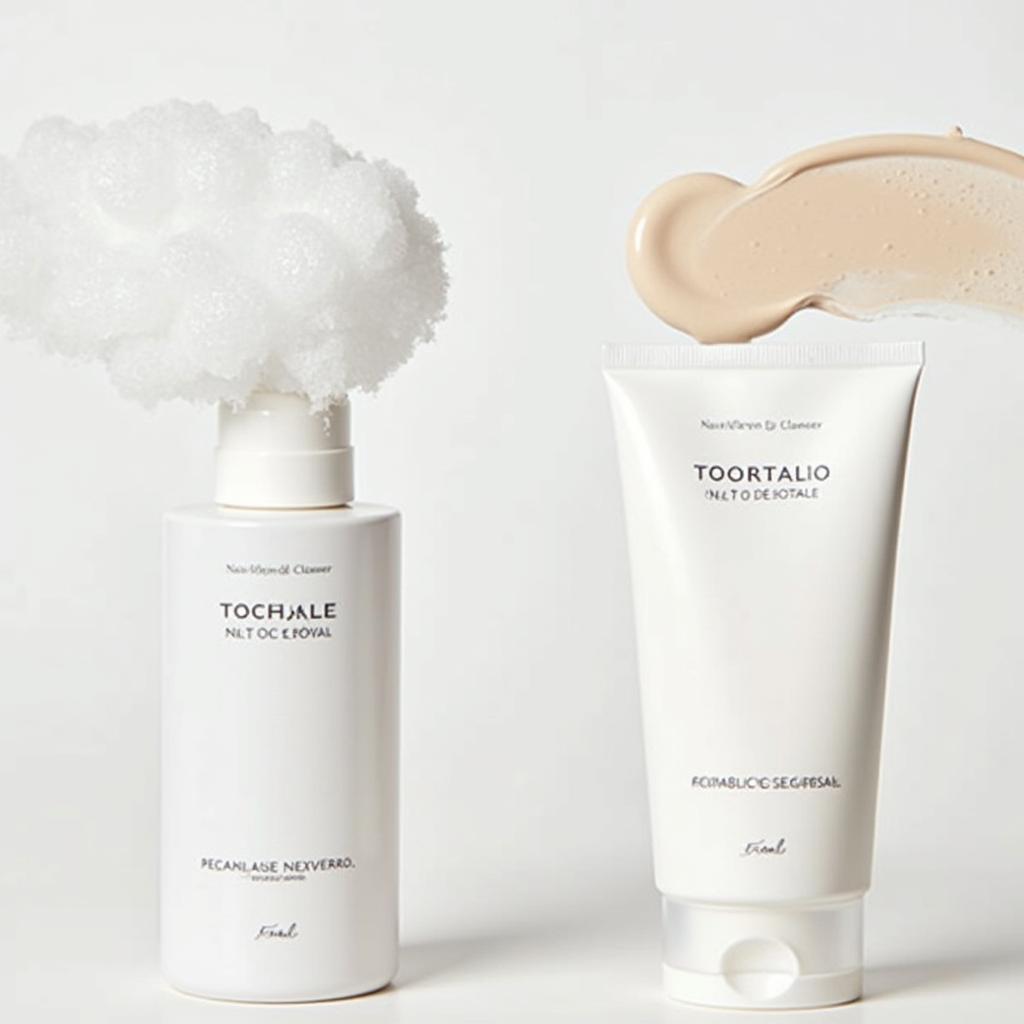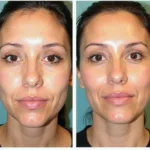
Foaming vs. Non-Foaming Face Wash: Which is Right for You?
- AmazoniaSilva
- Tháng 1 14, 2025
- Zodiac signs
- 0 Comments
Foaming vs. non-foaming face wash – which one reigns supreme in your skincare routine? Choosing the right cleanser can be a game-changer for your skin’s health, so let’s dive into the bubbly (and not-so-bubbly) world of face washes to help you decide which type best suits your needs.
Understanding the Differences: Foaming vs. Non-Foaming Cleansers
The key difference between foaming and non-foaming face washes lies in their texture and how they cleanse. Foaming cleansers, as the name suggests, create a lather when mixed with water. This bubbly action is often associated with a deep clean, making them popular for oily and acne-prone skin. Non-foaming cleansers, on the other hand, have a creamy, milky, or gel-like consistency. They cleanse without lathering, often providing a more gentle and hydrating cleanse suitable for dry and sensitive skin.
 Comparing Foaming and Non-Foaming Face Wash Textures
Comparing Foaming and Non-Foaming Face Wash Textures
Which Face Wash is Right for My Skin Type?
Choosing between foaming and non-foaming face wash depends largely on your skin type. Here’s a breakdown to guide you:
-
Oily Skin: Foaming cleansers are often preferred for oily skin due to their ability to remove excess oil and sebum, leaving skin feeling clean and refreshed. Look for foaming cleansers containing ingredients like salicylic acid to help combat breakouts.
-
Dry Skin: Non-foaming cleansers are typically a better choice for dry skin as they cleanse without stripping away natural oils, maintaining the skin’s moisture barrier. Look for hydrating ingredients like hyaluronic acid and glycerin.
-
Sensitive Skin: Non-foaming cleansers are generally gentler on sensitive skin, minimizing the risk of irritation. Avoid fragrances and harsh chemicals.
-
Combination Skin: You might benefit from both types. Use a foaming cleanser in your T-zone (forehead, nose, and chin) where oil tends to accumulate, and a non-foaming cleanser on the drier areas of your face.
-
Acne-Prone Skin: While foaming cleansers can be effective for acne-prone skin, it’s important to avoid harsh sulfates that can irritate and worsen breakouts. Look for gentle foaming cleansers or consider a non-foaming cleanser with acne-fighting ingredients.
Debunking the Lather Myth
Many believe that lathering equals cleansing power. However, this isn’t always true. While foaming cleansers can effectively remove dirt and oil, excessive lathering can also strip the skin of its natural oils, leading to dryness and irritation. Non-foaming cleansers, despite their lack of lather, can effectively cleanse the skin without disrupting its natural balance.
What About Oil Cleansers?
Want to explore another cleansing option? Check out our article on oil cleanser vs foaming cleanser for a comprehensive comparison.
How to Use Foaming and Non-Foaming Cleansers
-
Foaming Cleanser: Wet your face with lukewarm water. Dispense a small amount of cleanser into your hands and lather. Gently massage the lather onto your face in circular motions, avoiding the eye area. Rinse thoroughly and pat dry.
-
Non-Foaming Cleanser: Apply a small amount of cleanser directly to your dry face. Gently massage in circular motions, then rinse with lukewarm water or wipe off with a damp cloth.
The Final Verdict: Foaming vs. Non-Foaming Face Wash
Ultimately, the best face wash for you depends on your individual skin type and concerns. Experiment with different formulations to find the perfect cleanser that leaves your skin feeling clean, healthy, and balanced.
“Finding the right cleanser is crucial for healthy skin,” says Dr. Amelia Reyes, a board-certified dermatologist. “Listen to your skin and choose a cleanser that addresses its specific needs.”
“Don’t be afraid to experiment,” adds esthetician Sarah Chen. “What works for one person may not work for another. Finding the right cleanser can transform your skincare routine.”
In conclusion, choosing between foaming vs. non-foaming face wash is a personal journey. By understanding your skin type and the characteristics of each cleanser, you can make an informed decision and achieve a radiant, healthy complexion.
FAQ
-
Can I use a foaming cleanser if I have dry skin? It’s generally not recommended, as it can further dry out your skin.
-
Are non-foaming cleansers effective at removing makeup? Some are, but you may need to use a makeup remover beforehand.
-
How often should I wash my face? Twice a day, morning and night, is usually sufficient.
-
Can I use both foaming and non-foaming cleansers? Yes, you can use a foaming cleanser in your T-zone and a non-foaming cleanser on the rest of your face if you have combination skin.
-
What if my skin feels tight after cleansing? This could be a sign that your cleanser is too harsh. Try switching to a gentler, non-foaming formula.
-
Are natural or organic cleansers better? Not necessarily. Focus on finding a cleanser that works well for your skin type, regardless of whether it’s natural or not.
-
How do I know if a cleanser is right for me? Pay attention to how your skin feels after cleansing. If it feels clean, comfortable, and not irritated, then you’ve likely found a good match.
Do you have other skincare questions or concerns? Check out our other helpful articles on our website. For personalized advice, please contact us at [email protected] or visit our office at Fifth Avenue, 34th Floor, New York, NY 10118, USA. We have a 24/7 customer service team ready to assist you.

